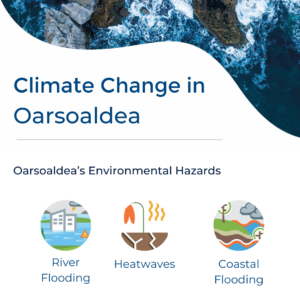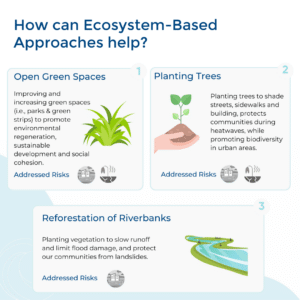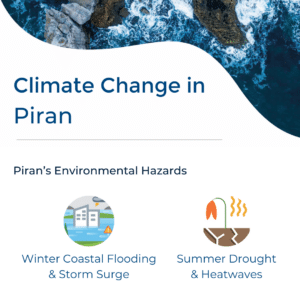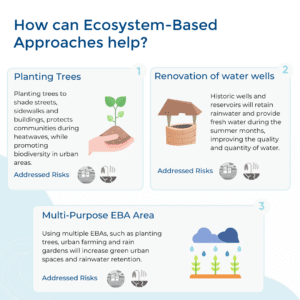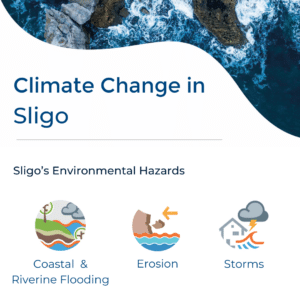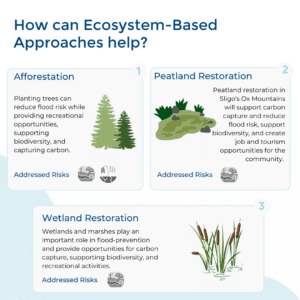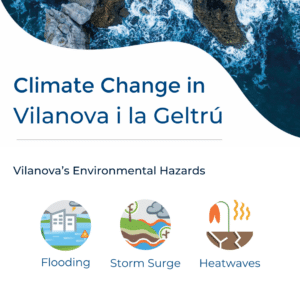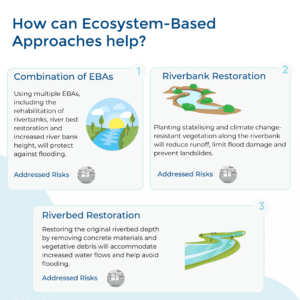During the second year of SCORE, the Coastal City Living Labs (CCLLs) have started to explore the concepts of co-creation and co-design and apply illustrative tools and methods (see the SCORE co-creation toolkit). Four frontrunner CCLLs have identified and assessed ecosystem-based adaptation (EBA) strategies using a multiple criteria analysis (MCA), a tool used for prioritizing measures in a participatory way.
EBA – a sub-category of nature-based solutions (NBS) specifically addressing climate change issues – refers to an integrative approach focused on sustainable management, conservation, and restoration of ecosystems with the purpose of providing services that support adaptation to climate change along with social, economic, and cultural co-benefits for local communities.
After a series of workshops held in 2022 to prioritise EBA interventions to address climate hazards (e.g. flooding, coastal erosion), a second series was organised in February and March 2023 in the frontrunners CCLLs to identify, assess, and prioritise EBAs. For these discussions, the local stakeholders (citizens, academia, industry, and government representatives) joined the CCLLs team.
Oarsoaldea, Basque Country, Spain
Kicking off the workshops series in Oarsoaldea, in the Basque Country (Spain), the CCLL, together with relevant local stakeholders, discussed possible EBAs as well as financial resilience strategies suitable for the region. The workshops were conducted by Oarsoaldea Garapen Agentzia with the support of project partners, IHS, NAIDER, ERINN Innovation, and Red Risk.
Through a participatory assessment using MCA, the team found out that open green spaces, tree planting, and river restoration are interesting options for Oarsoaldea to address coastal and river flooding. The stakeholders analysed criteria such as risk reduction perception, recreation and social cohesion opportunities, human health improvement, maintenance and increase of biodiversity, air and water quality improvement, and job creation.
Oarsoaldea CCLL aims to become an orchestrator in ecosystem-based solutions and coastal adaptation at regional level, through enhanced engagement of key stakeholders and citizens participation. To reach this vision, we also brainstormed on the CCLL sustainability and communication plans, as well as agreed on the next steps for the development of a regional climate action strategy.
Discover Oarsoaldea’s main environmental hazards and selected EBAs
- Sligo
Piran, Slovenia
This CCLL aims to become a pioneer in Slovenia in co-creating innovative solutions by empowering the citizens and stakeholders to collaborate in the context of climate change adaptation and mitigation.
Together with key stakeholders in Piran, the CCLL led by ZRS, with support from IHS, have conducted a workshop to identify and assess key EBAs in the city to address the main climate change hazards, such as flooding and drought. Considering the local context, planting trees, historic wells and reservoirs, and bioswales/rain gardens have been identified as possible solutions that not only reduce disaster risk and heat stress, but also improve public health, preservation and use of cultural heritage, improve water availability and air quality, and reduce public and private costs for implementation.
The team will further discuss with specific stakeholders before working on the actual piloting and implementation of ecosystem-based adaptation solutions. Furthermore, the CCLL will also work on improving the collaboration with the local community in Piran on the existing early warning system to improve its efficiency.
Discover Piran’s main environmental hazards and selected EBAs
- Piran
Sligo, Ireland
Led by ATU, the workshop generated a list of EBA from afforestation, peatland restoration, wetlands to rainwater parks, dune management, green roofs and shellfish and seaweed aquaculture. In Sligo, the criteria for these include perception of flood risk reduction, increased recreational opportunities, maintaining and enhancing biodiversity, carbon storage and sequestration, improved water quality, and job opportunities.
In Sligo, the CCLL team further brainstormed strategies for the co-creation phase of SCORE. The CCLL is very keen to add to Sligo’s County Council Climate Action Plan, contributing with EBAs and long-term planning. The CCLL team aims to join citizen group meetings and host workshops on citizen science in the coming months. With IHS and ERINN, the team have had great discussions on the CCLL sustainability and communication plans.
Discover Sligo’s main environmental hazards and selected EBAs
- Vilanova i la Geltru
Vilanova i la Geltrú, Spain
In Vilanova i la Geltrú, representatives from the academy, industry, citizens, and government met to prioritise EbA to address flooding problems caused by overflows of a temporary river stream named ‘Torrent de la Piera’.
Led by ENT, stakeholders actively participated in proposing additional EbA to address this problem. The EbA prioritised in the MCA were: renaturing along river stream banks; river stream-bed depth restitution and renaturing; river stream bank heightening; combination of the former three measures; and filter strip. Participants proved to be very proactive in adapting the assessment criteria to the local context and proposed EbA. Measures proposed were assessed against perception of flood risk reduction, conservation and improvement of biodiversity, heat stress reduction, water quality improvement, landscape aesthetic value, and carbon storage and sequestration. The majority of participants considered the combination of measures as the best option for this study area. With NAIDER, the CCLL also discussed the sustainability and communication plans.
In the next months, the CCLL will work to further develop financial resilience strategies, as well as to proceed with the decision of the EbA to be implemented in this municipality..
Discover Vilanova i la Geltrú’s main environmental hazards and selected EBAs
- Oarsoaldea

